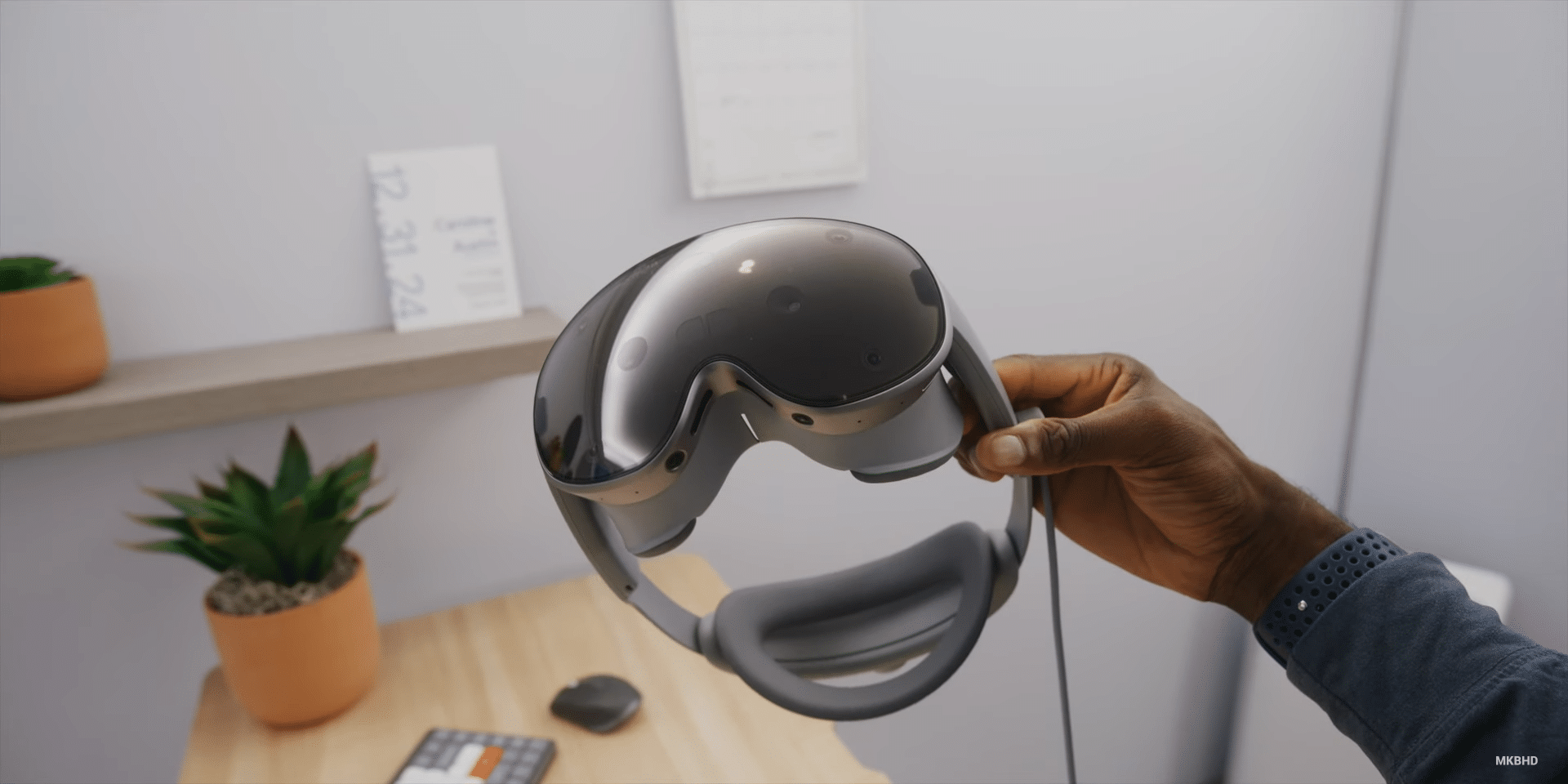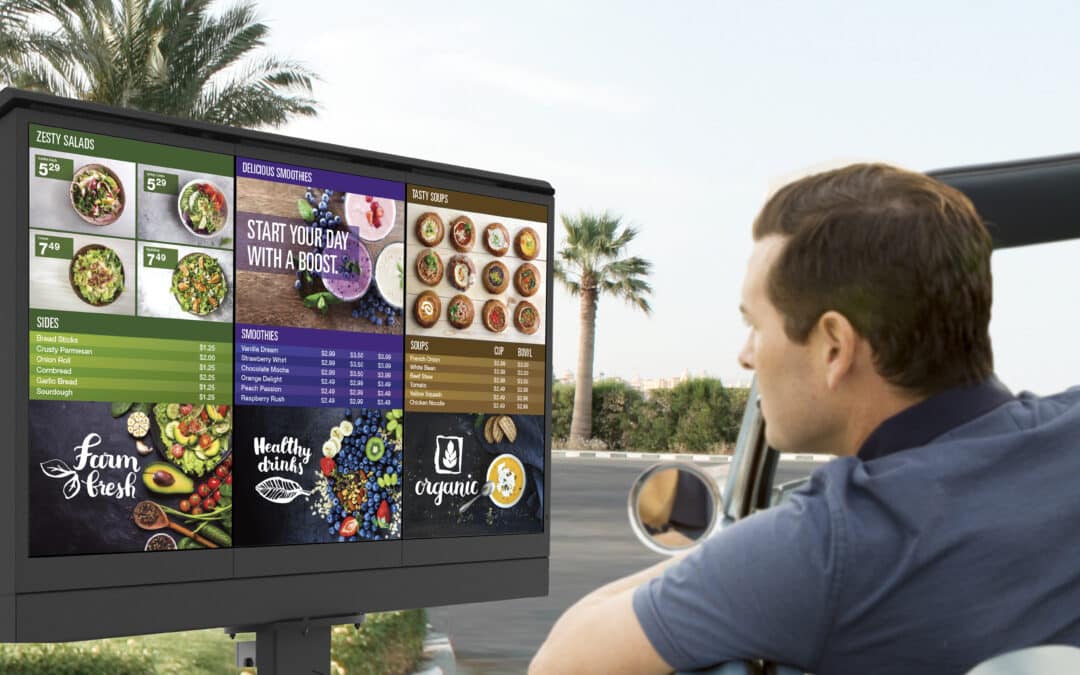Samsung is gearing up to launch its first XR headset, Project Moohan (which means “infinity” in Korean). While the company has showcased the device twice so far — at this year’s Unpacked event and MWC — there is still no word on a release window. Now, the Google I/O 2025 schedule hints that the Korean firm may finally launch its XR headset later this year.
Samsung may unveil Project Moohan later this year
In February 2025, Google confirmed that its two-day annual developer conference, I/O 2025, will start on May 20. And recently, it has revealed the complete list of sessions that will be part of the event. Among the multiple sessions at I/O 2025, what caught our eye was Technical Session 22, which mentions Android XR.

The description reads “Participants will learn about new features in the Android XR SDK developer preview, and gain essential knowledge for the public launch of Android XR later this year”. Google clearly states that Android XR will debut later this year. Given that Samsung’s XR headset will be the first Android XR device, we can assume Samsung will also announce the headset around the same time.
In fact, Google has already confirmed last year in December, saying “The first device, code named Project Moohan and built by Samsung, will be available for purchase next year.” All things considered, Samsung may finally unveil its first XR headset before the end of 2025.

Credits: YouTube/MKBHD
Talking about its confirmed specs, we only know that it will feature the Qualcomm Snapdragon XR+ Gen 2 chipset with support for on-device AI. However, based on rumors and prototype devices, we have an idea of what Samsung might offer with its XR headset.
The headset will likely support all Android apps that are available on the Play Store. On top of that, it may also allow access to Gemini AI’s voice controls and popular AI features, such as Circle to Search. The display may use Sony’s OLEDoS technology. It’s supposedly a 1.3-inch display, with a whopping 3800 PPI. Samsung may offer eight front-facing cameras and two extra cameras on the inside for eye tracking. There are plenty of sensors, as well as power and volume controls.






